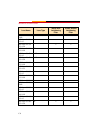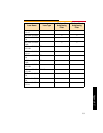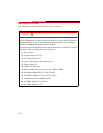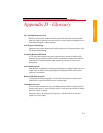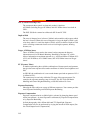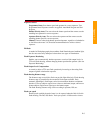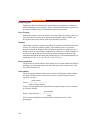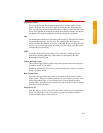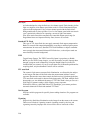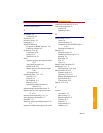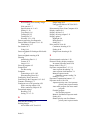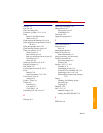
D-6
Slow Sync
A flash technique for using the flash at a slow shutter speed. Flash shooting in dim
light or at night at a fast shutter speed often results in a flash-illuminated subject
against a dark background. Using a slower shutter speed with the flash allows
background details to show up better. Use of a slow shutter speed with rear-curtain
sync is particularly effective for capturing a stream of light’s movement.
Slow Sync mode extends the automatically controlled shutter speed range (in
Programmed Auto and Aperture-Priority Auto) down to 30 seconds.
Standard TTL Flash
This type of TTL Auto flash does not apply automatic flash output compensation.
Rather, it controls flash output independently according to ambient light exposure
measurement. In most cases, Standard TTL flash illuminates a subject somewhat
more strongly than Automatic Balanced Fill-flash does, so the subject stands out
more distinctly from the background.
TIFF
Tagged Image Format. The TIFF Custom file format is proprietary to Kodak.
Before you use TIFF Custom images, you will first need to acquire (import) them
through a program such as Photoshop, using the Kodak Software (on the CD
included with your camera). If you try to open these files in Photoshop without first
acquiring them, only the thumbnail version will be available.
TTL auto flash
The camera’s light sensor measures flash illumination, as reflected by the subject
on the imager and shuts off the flash when the measurement indicates correct
exposure. Because the sensor that controls the flash receives light through the lens,
TTL auto flash can be used for bounce flash photography, Fill-flash, multiple flash
photography, etc. An additional advantage of TTL Auto flash is that you can use a
wide range of aperture settings, while ensuring correct exposure.
With built-in flash or a dedicated Nikon TTL Speedlight, your camera performs
automatic balanced fill-flash and standard TTL flash.
Vari-Program
Provides variable programs for specific picture-taking situations. Six programs are
available.
Vignetting
Progressively diminishes illumination on the imager from the center to the corners.
There are two kinds of vignetting: natural vignetting caused by the lens, and
vignetting caused by improper use of accessories such as lens hood or filter.



